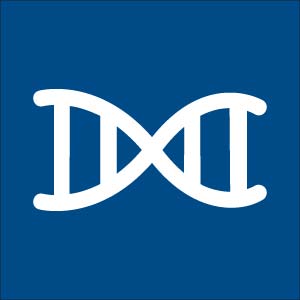Your choice of oligonucleotide purification should be based on several factors, including:
- the application in which you will be using the oligo
- the length of the oligo
- whether the oligo contains any modifications
- how much yield is needed
Oligo synthesis. Oligonucleotides are synthesized by adding one base at a time using chemical reactions that are approximately 99% efficient. So with each base addition, about 1% of the growing oligonucleotide chains will not undergo base extension. Following base coupling, a capping step is performed to prevent any truncated molecules from participating in further base addition. Because the capping reaction is also slightly less than 100% efficient, a very small percentage of the truncated mutants will remain uncapped and can react during subsequent coupling steps. This leads to the formation of deletion mutants; the deletion can occur anywhere within the sequence.
Since chemical reactions can’t be 100% efficient, modifications placed internally or at the 3’ or 5’ end of the sequence can also be lost. The resulting oligonucleotide preparation, while comprised primarily of the ordered sequence, is a mixture of the full-length oligos, truncated sequences, and sequences with internal deletions.
Part of your decision to request purification should be based on how sensitive your particular application is to the presence of truncated products, those with internal deletions, species missing modification(s), and free dye, if the oligo was dye labeled.
PCR or dideoxy sequencing. Standard desalting provided with every oligo order is sufficient for most of these applications, as truncations and deletions will not affect your results appreciably. Deletion products are very rare compared to full-length oligos, with truncations occurring on the 5’ end of the growing strand. The 3’ end will always remain intact, which is the most important consideration for PCR-based applications.
Cloning, mutagenesis, and gel shift. For these applications, a full-length product is of utmost importance, and PAGE purification should be strongly considered. PAGE purification will result in the highest purity level of a full-length product—routinely achieving greater than 85% full-length product.
Note that PAGE purification can sometimes result in lower yields than HPLC purification. If you need a relatively pure product, but also need a higher yield, you should consider HPLC.
Modified oligos. The urea used in PAGE purification can damage certain modifications including many fluorophores and some modifications used for attachment. PAGE purification should be avoided for modifications including any fluorophore, amino modifiers, digoxigenin, I-linker, or thiol modifiers. HPLC is the purification method of choice for these modifications.
*RUO—For research use only. Not for use in diagnostic procedures. Unless otherwise agreed to in writing, IDT does not intend for these products to be used in clinical applications and does not warrant their fitness or suitability for any clinical diagnostic use. Purchaser is solely responsible for all decisions regarding the use of these products and any associated regulatory or legal obligations. Doc ID: RUO23-1848_001

